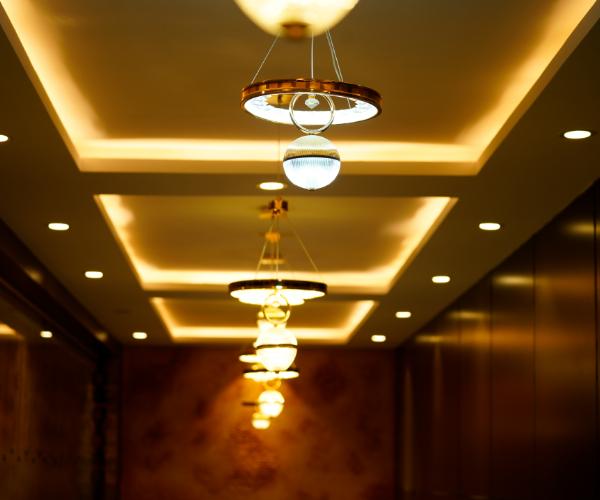Exploring the Pros and Cons of Townhouse Living: A Comprehensive Guide for Urban Housing

When it comes to urban living, townhouses offer a unique blend of style, convenience, and affordability. With their tall, narrow profiles and shared exterior walls, these homes have a distinctive personality that can be spotted by townhouse enthusiasts from blocks away. But what exactly is a townhouse, and how do you know if it’s the right fit for you? Let’s explore the pros and cons, compare townhouses to other types of homes, and discuss financing options.
What is a Townhouse? A townhouse is a housing unit with two or more stories. It’s typically tall and narrow, and it shares at least one exterior wall with one or two similar homes next door. Townhouses can be built in rows, where they share external characteristics with neighboring homes, and may also be referred to as “rowhouses.” A rowhouse at the end of a row that’s attached on only one side is still considered a rowhouse.
Pros and Cons of Townhouse Living Like other housing types, townhouses come with advantages and disadvantages.
Pros:
- Fewer exterior walls: Since townhouses share walls with other units, they have fewer exterior walls than standalone houses. This can make them less vulnerable to wind, rain, and toppled trees, which can cause extensive and expensive damage.
- Flexible space: With two or more stories, a townhouse can be configured for separate living areas. For example, a children’s playroom on one floor can be isolated from a home office or a family member’s living quarters on another floor.
- Less noise: With no separate housing unit above the ceiling or beneath the floor, townhouses may have less noise from neighbors than buildings with stacked dwelling units.
- Less yardwork: Due to their architectural design, townhouses typically have less outdoor space per home. This means a smaller yard to mow, fewer trees to trim, and less outdoor maintenance overall.
Cons:
- Interior stairs: With two or more stories, townhouses typically have a lot of interior stairs. Walking up and down these staircases on a daily basis may be difficult for people with mobility issues. You might be able to find a townhouse with a private elevator or add one after buying.
- More noise: Since townhouses typically share one or two full walls with a separate dwelling unit, certain sounds from neighbors’ homes may be more noticeable than they would be in a detached home. There's a reason why shared walls are sometimes called "party walls."
Townhouse vs. Condo, Co-op, or Duplex: Which is Which? Townhouses are often confused with condos, co-ops, and duplexes. Let's take a quick look at these three other types of homes:
Condo vs. Townhouse: A condo is a housing unit that's part of a larger structure comprising multiple units and common areas such as lobbies, elevators, staircases, or walkways. Condo owners each own an individual unit and an interest in the common areas. With a townhouse, you own your individual house and property.
Co-op vs. Townhouse: A co-op consists of a number of housing units and common areas and has multiple owners. Rather than buying individual units, co-op owners purchase shares in a corporation that gives each owner an exclusive right to occupy a specific unit. The land, buildings, and common areas are owned exclusively by the collective. A townhouse is an architectural style; condos and co-ops are ownership structures. A townhouse could be a condo or a unit in a co-op and still be considered a townhouse.
Duplex vs. Townhouse: A duplex is
This comprehensive guide to townhouse living in urban settings offers a well-balanced exploration of both the attractive perks and inevitable drawbacks, making it an insightful resource for anyone considering this type of housing arrangement.
This comprehensive guide to exploring the pros and cons of townhouse living offers insightful analysis for anyone considering urban housing, effectively navigating through both advantages like community vibes & security while highlighting disparities in terms of privacy availability.
This comprehensive guide to townhouse living in urban settings beautifully balances the examination of both its advantages and disadvantages, offering an incisive analysis for those considering this mode of residential choice.














